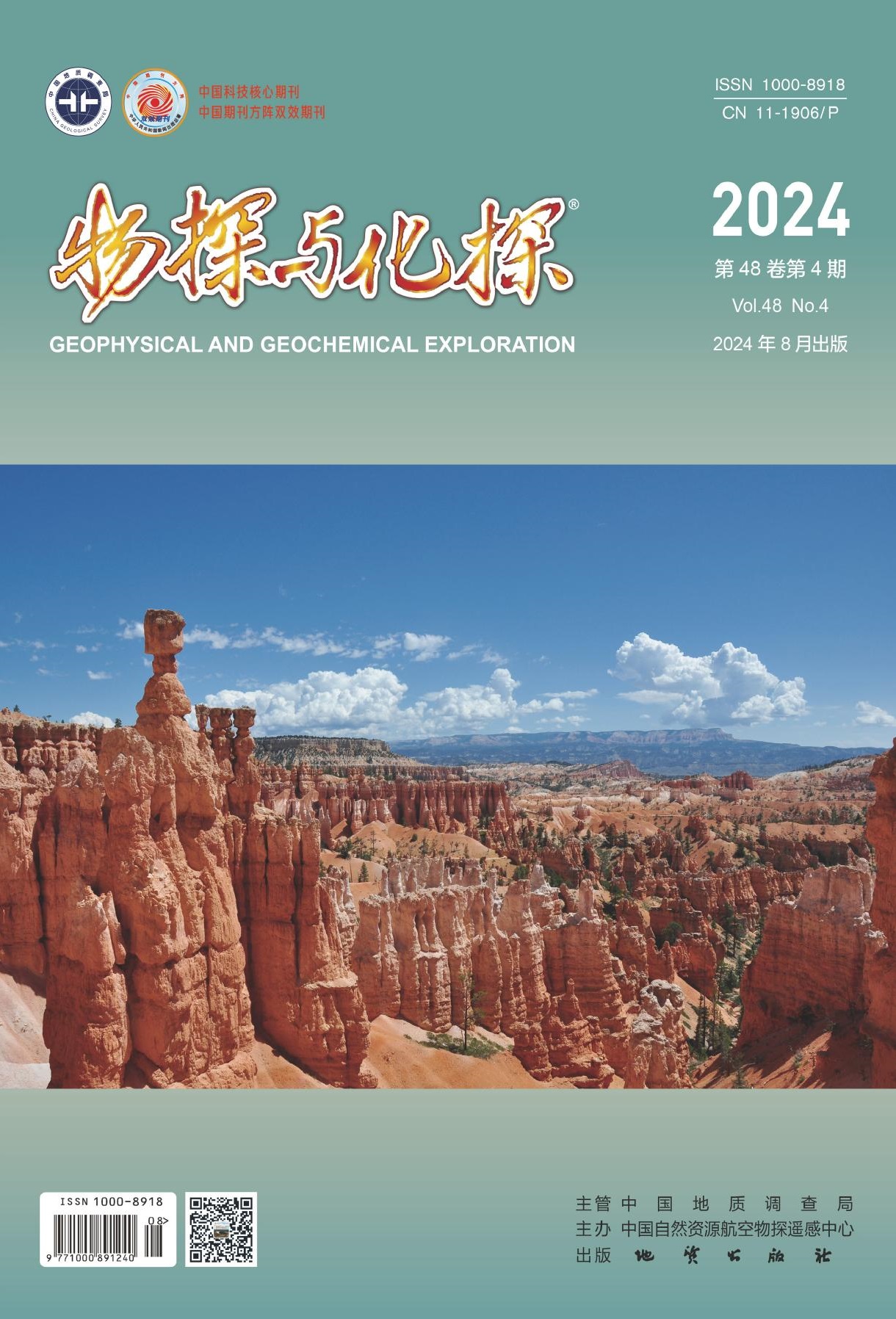YANG Tian-Chun, HU Feng-Ming, YU Xi, FU Guo-Hong, LI Jun, YANG Zhui. 2023. Analysis and application of the responses of the frequency selection method of telluric electricity field. Geophysical and Geochemical Exploration, 47(4): 1010-1017. doi: 10.11720/wtyht.2023.1424
| Citation: |
YANG Tian-Chun, HU Feng-Ming, YU Xi, FU Guo-Hong, LI Jun, YANG Zhui. 2023. Analysis and application of the responses of the frequency selection method of telluric electricity field. Geophysical and Geochemical Exploration, 47(4): 1010-1017. doi: 10.11720/wtyht.2023.1424
|
Analysis and application of the responses of the frequency selection method of telluric electricity field
-
1. School of Earth Sciences and Spatial Information Engineering, Hunan University of Science and Technology, Xiangtan 411201, China;
-
2. Nuclear Geological Survey of Hunan, Changsha 410007, China;
-
3. Hunan Puqi Geologic Exploration Equipment Institute, Changsha 410000, China
-
Abstract
As an inevitable physical phenomenon in the application of frequency-domain electromagnetics, the static shift effect is generally suppressed or eliminated by correction. This study proposed a new approach of directly utilizing the static shift effect of natural electromagnetic methods to explore shallow electrical anomalies. The frequency selection method of telluric electricity field (FSM) is to study the variations in electrical properties of subsurface media by measuring several horizontal electric field components with different frequencies generated on the surface by the natural alternating electromagnetic field. In this study, the forward modeling of FSM data was conducted using the two-dimensional finite element method. The modeling results are shown as follows: (1) In the case of low-resistivity anomalies near the surface, the curves of horizontal electric field components along the survey line on the surface showed the same morphologies as the FSM-derived curves, with significant low-potential anomalies above the low-resistivity anomalies; (2) As the calculated frequencies increased, both the profile curves and the pseudosection map of electric field components exhibited a static shift effect, indicating that the FSM-derived anomalies were mainly caused by the static shift effect. Both the FSM application results and the drilling verification results showed that with the presence of groundwater, the FSM-derived profile curves and pseudosection map exhibited a significant static shift effect, which was consistent with the CSAMT exploration results. As indicated by theoretical and practical research, it is feasible to directly use the components of the telluric electricity field for the exploration of shallow electrical anomalies. Moreover, shallow geological exploration can be conducted by utilizing the static shift effect of the frequency domain electromagnetics.
-

-
-
Access History







 DownLoad:
DownLoad: